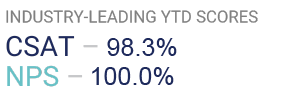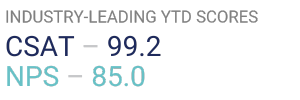Multiprotocol Label Switching is Proving Useful to Crowded Campus Networks
Multiprotocol label switching (MPLS) is a relatively new way to deliver network services, embraced by both carriers and enterprises. When carriers sell point-to-point or multipoint network services, MPLS is just a buzzword. Users buy a provisioned network (usually delivered as Ethernet WAN service) and don’t really care whether the carrier used MPLS to build it.
Any doubts that MPLS is popular with carriers can be settled by looking at the massive rise in end-user use of Ethernet metro area and wide area network (MAN/WAN) services and the corresponding deinstallation of end-user connections such as Frame Relay and ATM. Network managers strongly prefer to use Ethernet technology throughout their networks, whether LAN or WAN. MPLS is proving an ideal way to deliver that technology, and moves much of the difficult WAN management from end user to carrier. For the network manager, the capital costs are dramatically lower, and the consistent simplicity of Ethernet makes everything easier, from design to deployment to debugging.
MPLS itself is not just for carriers. The underlying technology also can prove useful to enterprise network managers, especially in campus and multibuilding environments within higher education.
Read more at EdTech Magazine: Is MPLS Right for You?











